I have been attempting to separate out key data hidden within sentences of text e.g:
I have made some progress with the following code however it pulls undesired values too:
let
Source = Excel.CurrentWorkbook(){[Name="Table3"]}[Content],
#"Changed Type" = Table.TransformColumnTypes(Source,{{"Input", type text}, {"Desired OutPut", type any}, {"Bonus", type text}}),
#"Added Custom" = Table.AddColumn(#"Changed Type", "Custom", each if Text.Contains([Input], "mmHg") then Text.Remove([Input],Text.ToList(Text.Remove([Input],{"0".."9","-", " ", "."}))) else null),
#"Trimmed Text" = Table.TransformColumns(#"Added Custom",{{"Custom", Text.Trim, type text}})
in
#"Trimmed Text"
As you can see other numerical data is being pulled.
I think however following these rules is perhaps the wrong way to go about this and wonder If it's possible to use mmHg as a Tag to extract 'nearby` data. Ideally the value or range will be touching "mmHg" however there are instances where this isnt the case hence this idea of nearby logic. I apprecaite I could remove all data except numbers and mmgH however I think this idea of tagging if possible will be very useful going forward. In my mind im thinking like: if Text contains mmHg then search for {0..9,"-"} within X charecters (say 10 to the left). Is this possible?
As sort of extra I will attempt to extract the Eye that this pressure is found in. Here I wish to use some soft of logic with a sort of first come first serve basis. I think this it an okay assumption that the first pressure will relate to the first mentioned eye per sentence. I am unsure how to do this in M code. This may however warrant a seperate question.



